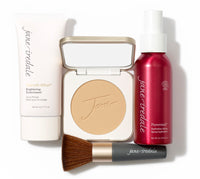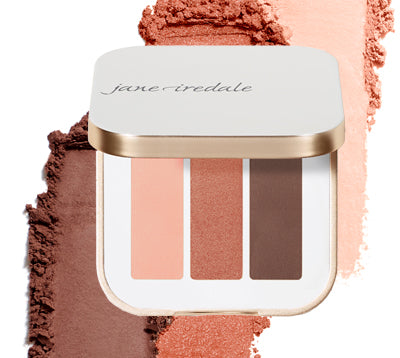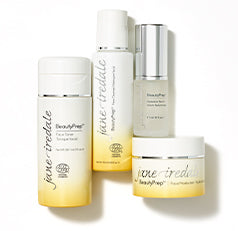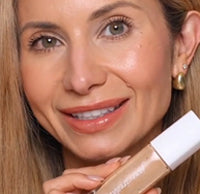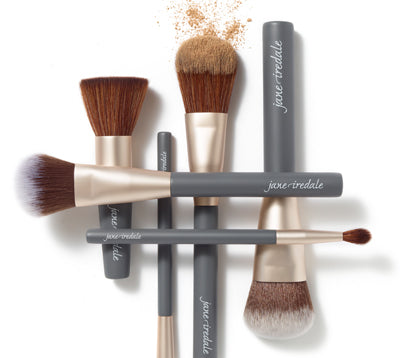- Under the new FDA final rule on the labeling and testing of sunscreen products the word "Sunblock" is no longer allowed. The FDA is trying to eliminate any confusion the public may have or sense of false security. However, the Titanium Dioxide and Zinc Oxide in our bases does physically block UV rays by acting like tiny mirrors on the skin reflecting and refracting the rays. Most chemical sunscreens have highly efficient absorption capabilities through the UVB, partly the UVA, and in some instances infrared wavelengths. Once the chemicals have absorbed their limit, the sunscreen ceases to be effective. (Absorption is the process in which light is "lost" when it falls on a material. The light is not actually lost, but is converted into some other energy, such as heat.)
In Sunscreens: Development: Evaluation, and Regulatory Aspects, Nicholas J Lowe (Editor), renowned dermatologist and Clinical Professor of Dermatology at UCLA School of Medicine, takes a closer look at mineral UVA blockers, stating that a new subclass of physical blockers, micronized reflecting powders, have more recently been made available from a variety of manufacturers. Unlike traditional physical blockers, micronized reflecting powders are less visible, yet provide broad-spectrum protection against ultraviolet radiation (UVR). These should prove useful in UVR-sensitive patients resistant to older physical blockers for cosmetic reasons. An additional benefit is that they do not cause photosensitivity. Not all mineral powders have an SPF rating. If they do, the SPF rating must be specified on the label.


